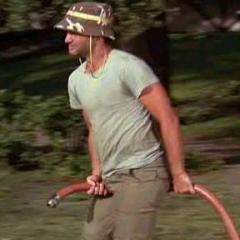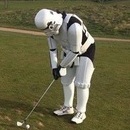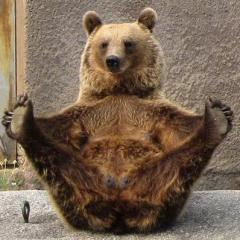IGNORED
Physics of the Golf Swing
Note: This thread is 5728 days old. We appreciate that you found this thread instead of starting a new one, but if you plan to post here please make sure it's still relevant. If not, please start a new topic. Thank you!
-
Topics Being Discussed Right Now on The Sand Trap
-
- 13 replies
- 701 views
-
- 6,651 replies
- 264,226 views
-
- 14 replies
- 1,839 views
-
- 19,530 replies
- 1,052,592 views
-
- 7 replies
- 373 views
-








Recommended Posts